What Is the Best Time of Year to Replace Windows?
-
Pete Ortiz
- Last updated:
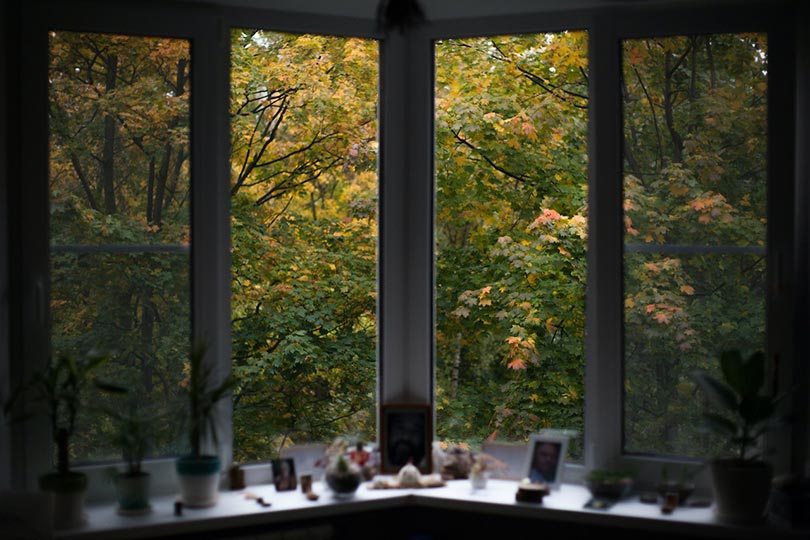
Several reasons necessitate the replacement of windows, including damages, old age, and the need to have a more glamorous-looking home. But when it comes to replacement time, no hard and fast rules determine the ideal time of the year. However, most homeowners prefer window replacement when the climate is warm to improve energy conservation in their homes when winter comes knocking.
In the rest of this article, we focus on the pros and cons of replacing windows at different times of the year. We also take a quick look at other factors to consider to help you make an informed decision.
How Different Climatic Seasons Determine Window Replacement
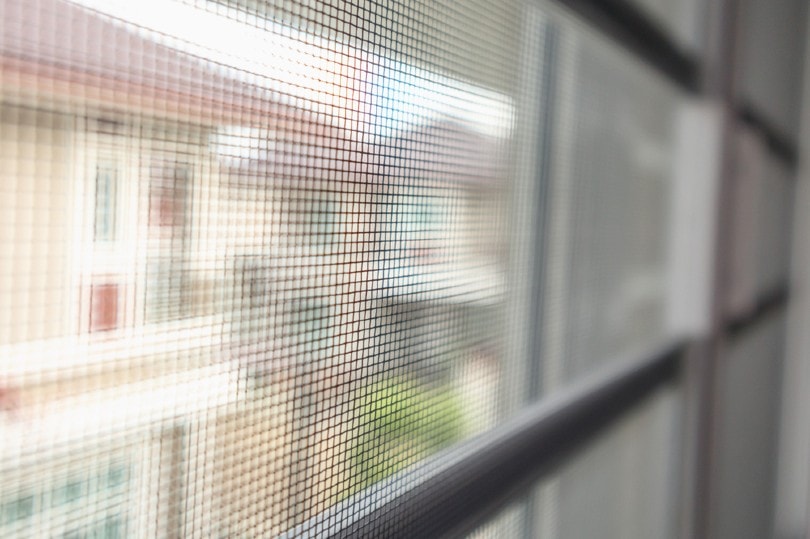
Replacing windows in your home is worthwhile, especially if they are old and draining energy. It is an investment that provides insulation and improves your home’s interior and exterior appeal.
The prevailing weather during the replacement period adversely affects your home’s energy conservation, and, consequently, energy bills. For instance, if you replace your windows when it’s cold, you can be sure your HVAC system will go the extra mile to provide sufficient warmth that day, thus incurring more costs.
But again, it doesn’t mean all windows must be replaced during summer or spring. You could have a better reason to replace them during winter when the cost of new windows and replacement usually drops significantly. Or perhaps your windows are cracked or broken, and you want to replace them immediately.
What we mean is that replacing during each of the seasons has its advantages and disadvantages. In that case, let’s discuss whether replacing your windows in any season is worth it.
Replacing Windows in Summer

The Pros
Window replacement in the summer is a good decision because it will help prevent unwanted cold drafts and harmful UV rays from getting into your house during the project period. But that’s just a scratch on the surface.
The biggest reason to replace your home windows in summer is to counter the high heat and humidity levels that prick your pockets with high energy bills throughout the hot humid months. In a typical summer, the sun is too much during the day, but light rains may fall in the afternoon. As such, your home’s cooling system will overwork during the day to cool the air and later to provide warmth.
Also, the weather conditions in summer are perfect for window replacement since you won’t worry about snow or storms that delay the project. This translates to shorter installation periods and is more meaningful when you are hiring a contractor who charges on an hourly basis.
The Cons
Despite being the best season, there’s a negative side to replacing windows during the summer. One of the major setbacks is the high demand for windows in the stores, which elevates their prices by an extensive range. A window that goes for $100 during the winter season may skyrocket to $250, which is more than double hiking.
High demand is constant throughout most hot and warm seasons because many prefer scheduling their window re-installations during spring and summer.
It’s also worth considering the high humidity levels may prevent most installers from working well, therefore posing energy problems. Despite most installers being able to work around them, there are chances that they fail to keep a house warm because they can only contain the heat in a small area.
Before installing new windows to your home, you must first consider the windows’ market price, installation costs, and humidity levels. You can save yourself from a lot of trouble by buying new windows in winter and fixing them when summer kicks off.
Replacing Windows in Spring
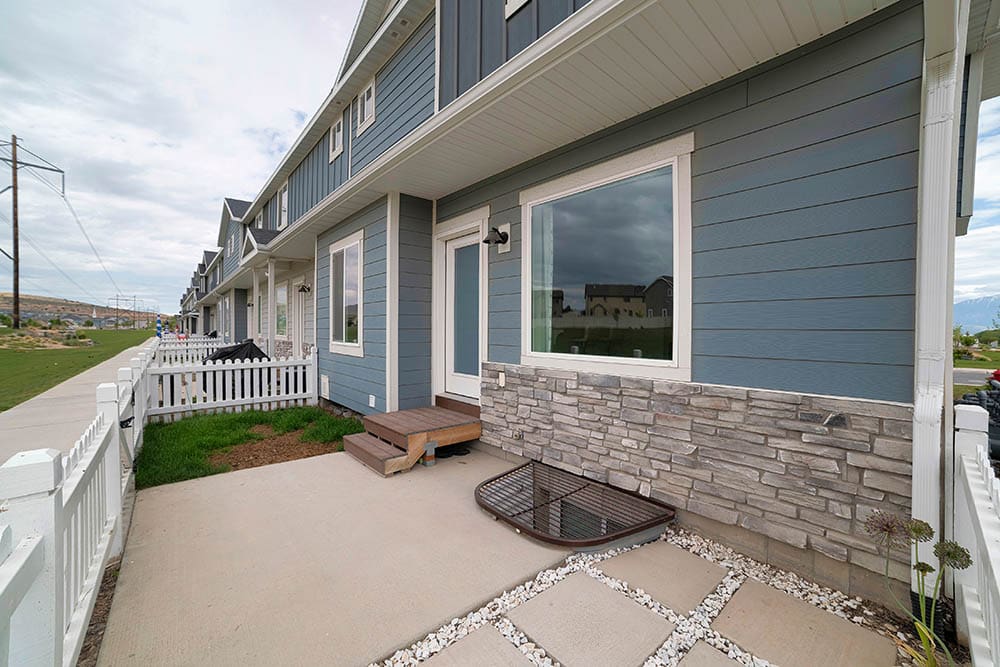
The Pros
Like the summer, the spring season is an excellent time to replace your home windows. It offers the comfort of accomplishing window replacement without worrying about heat escaping. If you can’t complete the installation process, you can rest assured that you’ll resume smoothly.
At the same time, spring provides the most favorable weather conditions for caulk to fill smoothly and evenly, thus improving the adhesion and curing process. This is because caulk works effectively when the weather ranges between 41°F–68°F, which is not perfect for use in other seasons. When the temperature reads below that, you ought to use silicone instead.
Cons
The downside of replacing windows during the spring primarily leans towards increased scuttling of bugs. It’s not uncommon to encounter more bugs during replacement because they always hide under windows when it’s warm and scurry inside the room when exposed.
Replacing Windows in Winter

The Pros
So far, you have an idea about the costs of purchasing new windows and replacing them in the winter. They are lower than in summer because the demand and prices usually drop significantly. For this reason, homeowners often get treated to off-season deals by sellers and replacement companies that are too lucrative to ignore.
But in many other ways, winter presents several reasons for replacing windows. First, it’s easier to schedule a replacement with professionals since their demand is low. In addition, you can do it without letting bugs into your home.
The Cons
While the winter season may be the best time to purchase new replacement windows, it’s not safe to say it’s the best time to replace them. First, you must brace for a cold house for a few days since a lot of cold will enter your house. If you have a heating system installed inside the house, you should expect the energy bill to shoot magnanimously.
You must also brace up for elements of unpredictability that can pause your project. For instance, ice storms, blizzards, and freezing-cold temperatures can postpone your replacement period for several days.
Replacing Windows in the Fall
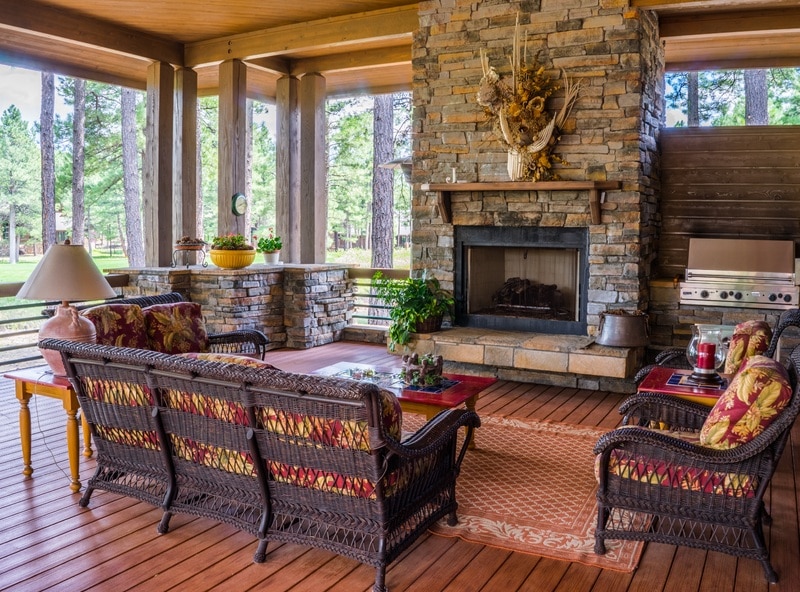
The Pros
If you take away the severity of temperature changes, falls and winters have similar climatic features, except that falls are warmer. That’s why more people prefer replacing their windows during spring and summer than winter and fall.
Since most regions enjoy a considerable amount of sunlight during autumn compared to winter, the sealants will work better and your house will be less cold. This, as a result, reduces the heating and cooling costs while sufficiently preparing your home for the winter season.
The Cons
The major drawback of replacing windows during the fall season is that you won’t apply latex and acrylic as the conjoining materials. Instead, you’ll use silicone-based caulk since they readily adhere to the window when the temperatures are colder. Keeping out cool air can also become a menace after using latex or acrylic, thus raising your home’s energy costs.
Other Factors to Consider When Installing New Windows
1. Cold Weather Shrinks and the Foundation of Home Shifts
In most cases, the cracks in a home’s foundation become exposed in the cold weather. Such happenings may make new window installation more complex, making the process quite delicate. Hiring experienced professionals in such situations is essential since they know how to navigate the challenge to ensure successful installation.

2. The Minimum Temperature Threshold
While most construction projects including windows and doors don’t necessarily stop during winter, a minimum temperature threshold makes it nearly impossible to conduct an effective installation process. Typically, a temperature of 14°F is the minimum threshold. Anything lower than this may pose serious caulking issues.
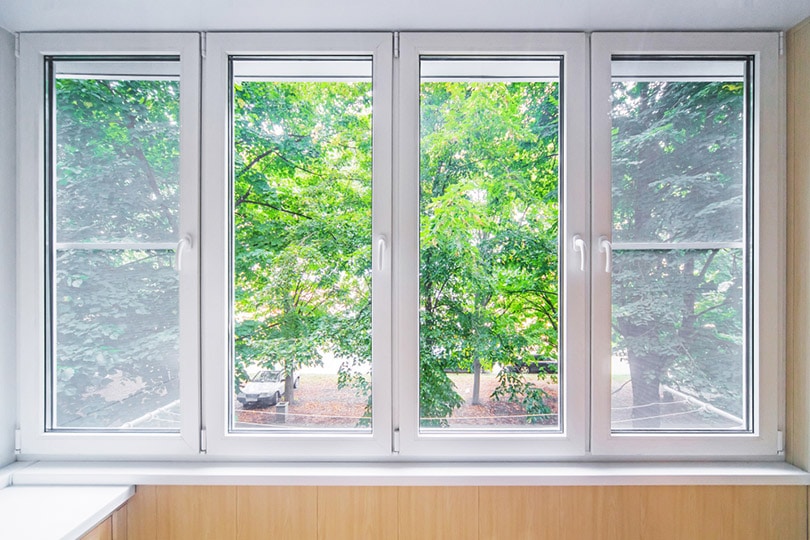
3. Additional Replacement Precautions
If you intend to have a successful window reinstallation exercise, it’s important to note the following tips and precautions:
- Instead of acrylic or latex, ensure your contractor uses silicone-based caulk. By doing this, you improve not only adhesion but also the window’s waterproofing capabilities.
- Install new windows in the morning to allow enough time for the materials to warm up and expand.
- Give full attention to one window at a time. If your installer does this, you can be guaranteed that the process won’t render your home as a total icebox.
- Close all doors and windows leading to the ongoing installation space. Doing so limits exposure to one area while keeping the rest of your home free from cold breezes.
- Allow enough time for the curing process. Since your newly-windows don’t require any disturbance to become effective, you can consider visiting your friends or family during the installation period and come back to a glamorous new home.
 Conclusion
Conclusion
Factors such as climatic conditions, the cost of buying and installing, the foundation of home shifting, and the minimum temperature threshold hugely impact when you should be carrying out your window replacement. Although most homeowners prefer repairing or replacing their windows when it’s warm, there’s really no perfect time of the year to do it. It’s no secret that warmer seasons are better, but we can’t underestimate the benefits of doing replacements in the winter season.
To summarize, the most ideal replacement time depends on how well you plan to remove old windows and install new ones. Just ensure you book for morning installation and ensure your installer uses silicone-based caulk as the adhesive material. Also, ensure a minimum amount of cold is exposed to the window being installed while giving them ample time to cure.
Featured Image Credit: Plato Terentev, Pexels
Contents


